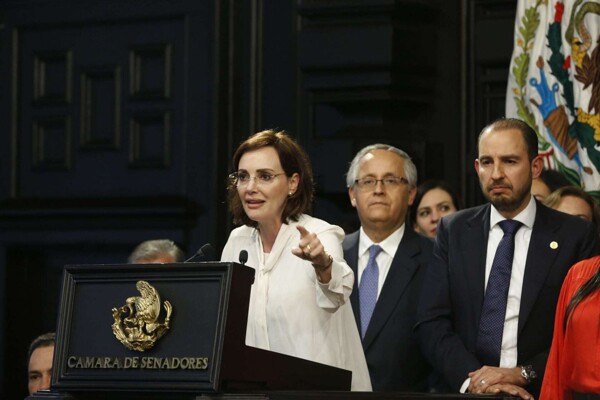
Recently, a new version of the Informative Declaration of Operations with Third Parties (DIOT) was launched, with the intention of improving VAT auditing and ensuring that taxpayers are complying with their tax obligations correctly. This declaration has become crucial for the Tax Administration Service (SAT) by helping to uncover potential cases of tax evasion.
The DIOT is a mandatory document for those who pay VAT, where they must report on business transactions made with third parties. Although it sounds simple in theory, in practice, it can be complicated, as each month businesses and individuals must present this declaration with precision and transparency, confessing their business relationships and operations conducted.
The SAT has begun to include information obtained from payment supplements in VAT declarations, which has increased the importance of submitting the DIOT correctly and on time. In case of discrepancies, taxpayers may face tax claims that need to be addressed with the same seriousness as resolving a betrayal.
It is essential to avoid greater problems to submit the DIOT on time and with accurate information, as the SAT uses this declaration to verify the veracity of the reported operations and detect possible errors or irregularities. Just like in a romantic relationship, transparency in taxes is key to maintaining a good relationship with the tax authority and avoiding unpleasant situations like an audit.
In summary, the DIOT has become a fundamental tool for the SAT in monitoring VAT, and taxpayers must pay special attention to its correct submission to avoid possible tax issues in the future. Transparency and the truthfulness of the reported information are key elements to maintain a harmonious relationship with the tax authority and avoid misunderstandings that may lead to tax penalties.














